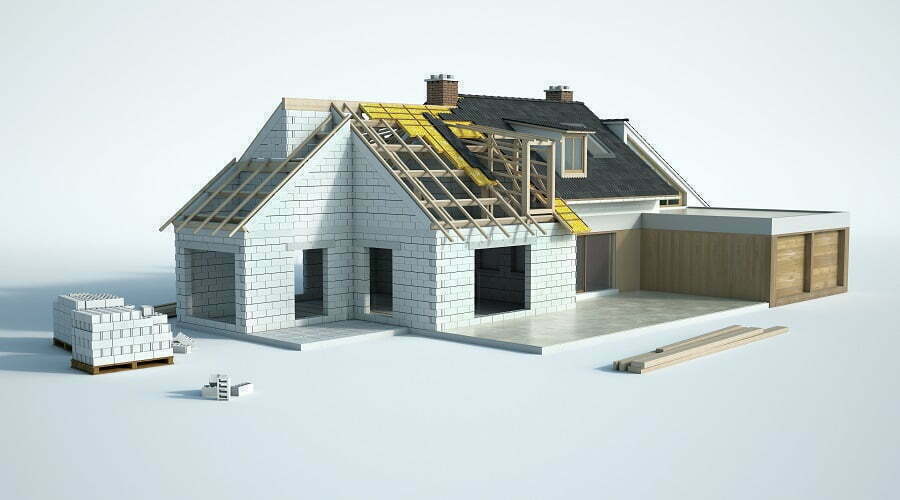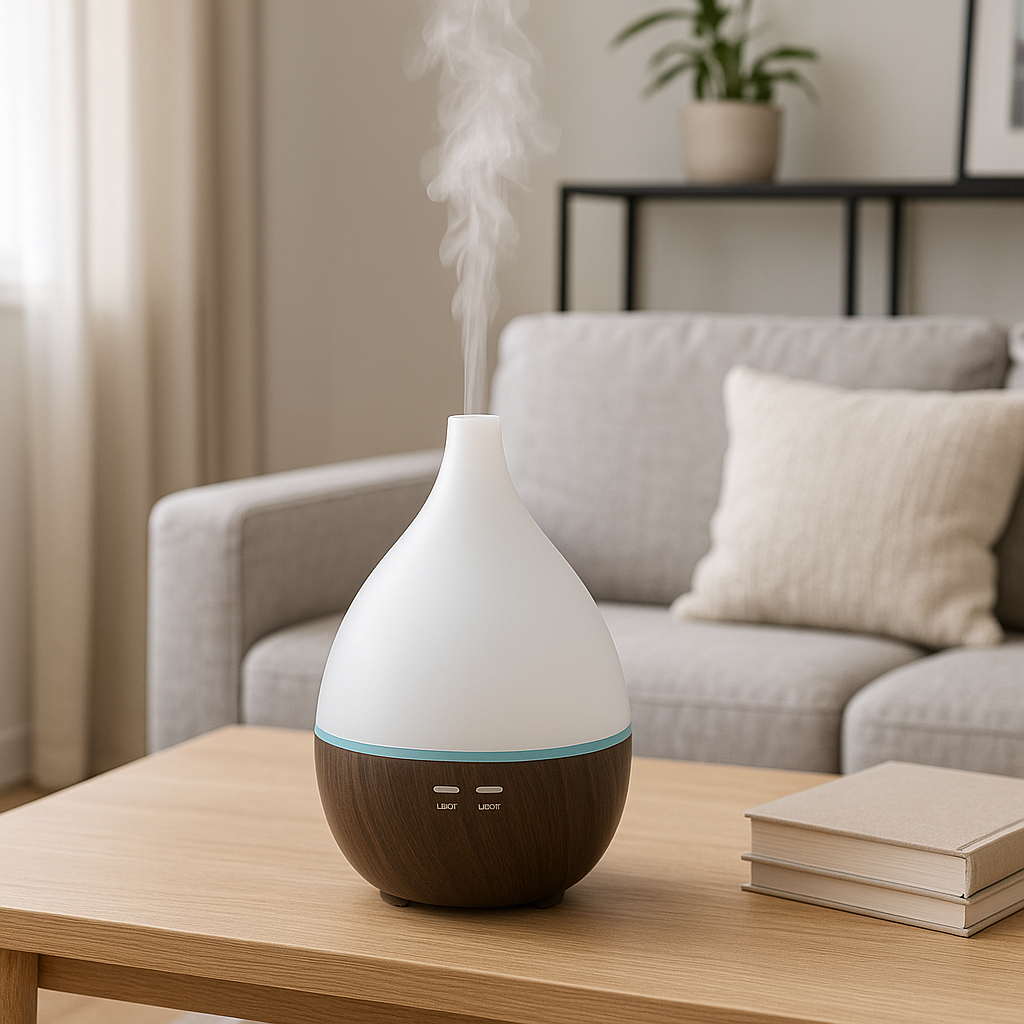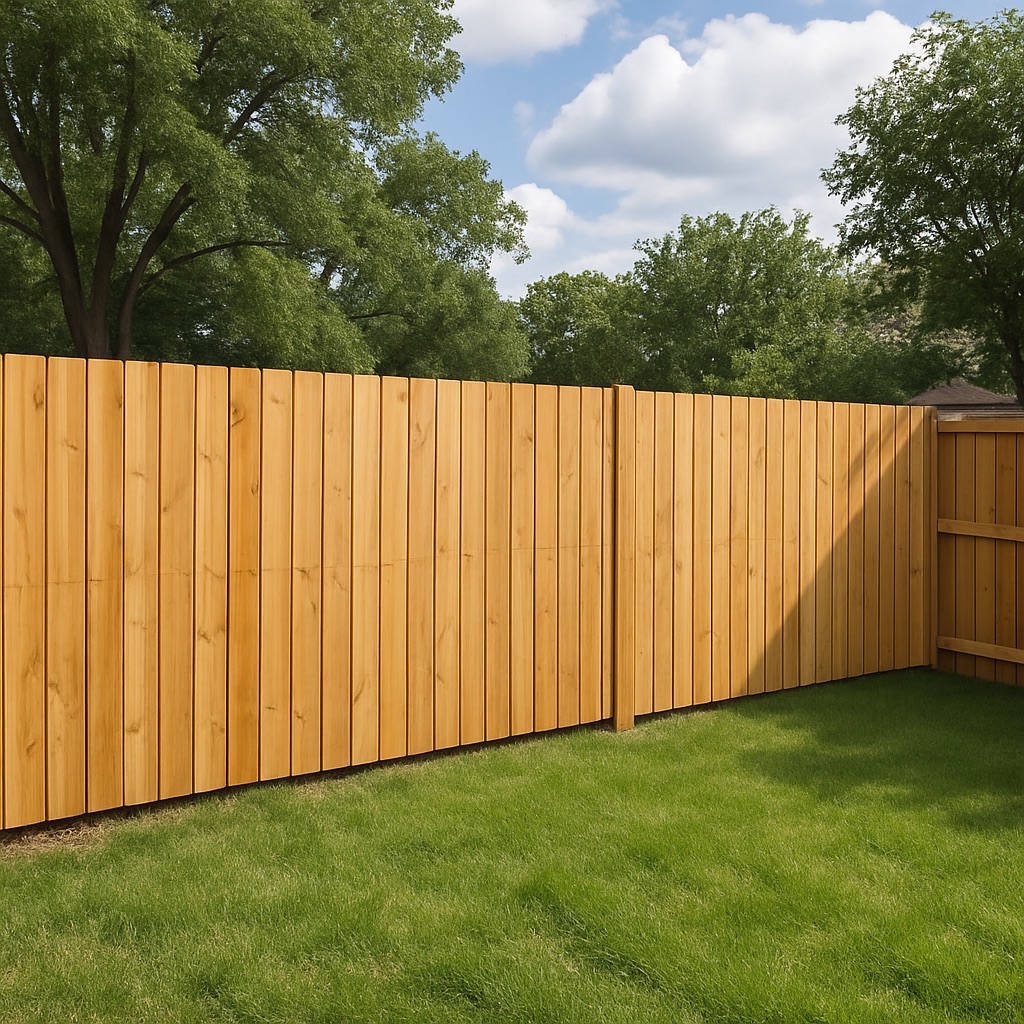Last updated on
Are you familiar with the term “rendering?” If not, don’t worry – you’re about to be. 3D rendering has quickly become an industry standard for creating high-quality images and videos.
But what is it, exactly? And more importantly, what can you use it for in your home decor and design projects?
Let’s will explore the basics of 3D rendering and discuss some of its potential applications. Without further ado, let’s get started!
Table of Contents
What Is 3D Rendering?

In a nutshell, rendering is the process of generating an image from a set of instructions known as a “scene file.” A scene file contains information about a given scene’s geometry, lighting, and shading.
Using this information, a renderer can generate an image that looks realistic or stylized, depending on the project’s needs. As highlighted by the team from NoTriangleStudio.com, rendering can be used for various purposes, including creating images for product visualizations, architectural renders, and computer-generated special effects (CGI). In recent years, it has become increasingly popular among architects and interior designers as a way to create realistic images of proposed projects.
How Does 3D Rendering Function
There are two main types of rendering: rasterization and ray tracing. Rasterization is the more commonly used method, as it is faster and easier to produce results. However, ray tracing produces more realistic images and is slowly gaining ground in the industry.
Rasterization
Rasterization is a rendering technique that converts a three-dimensional scene into a two-dimensional image by breaking it down into small pixels, or “rendered elements.” The color and shading of each pixel are determined by several factors, including the object’s geometry, surface reflectance, and light source.
Ray Tracing
Ray tracing is a more complex rendering technique that simulates how light interacts with objects in a three-dimensional space. It involves tracing the path of light rays as they bounce off surfaces and objects in a scene. The color and shading of each pixel are determined by the path taken by the corresponding ray.
What Can You Use3D Rendering For
There are various ways in which you can use three-dimensional rendering. Here are just a few examples:
Architectural Renders
As mentioned, rendering has become increasingly popular among architects and interior designers. Creating a realistic image or video of a proposed project can give their clients a better idea of what the final result will look like. Architects use this to their advantage by making design changes before construction begins.
Home Decor Visualization
Have a home remodeling project but are not sure how to go about it? What colors to choose, what furniture to select, what decor items to pick? And then how to match it all. Use 3D rendering programs to visualize what your room will look like after you complete your innovation and make the choices you want.
Product Visualization
If you are selling a product, whether it is a physical good or a digital service, chances are that you will need to create some form of visualization. Product visualizations can be used on websites, marketing materials, and brick-and-mortar stores.
CGI
Computer-generated imagery (CGI) is used in movies, TV shows, and video games to create special effects. It can be used to generate realistic or stylized images, depending on the project’s needs. You can also use CGIs to create images of things that do not exist, such as aliens or monsters.
Advertising
Rendering can also be used for advertising purposes. For example, a company might create a realistic image of their new product and use it in an advertisement. Or, they might create an animated character to represent their brand.
Video Games
Rendering is also used in the video game industry. Most modern video games use some form of three-dimensional rendering to generate their graphics. For example, the popular game “Fortnite” uses Unreal Engine, a gaming engine that uses ray tracing to create realistic graphics.
Visual Effects
Rendering can also be used to create visual effects. For example, a movie might use CGI to create an explosion’s realistic image. Or, they might use it to create a stylized image of a fantasy world. Most TV stations and movie studios have a team of artists and technicians who specialize in creating visual effects.
Advantages of Rendering
There are many advantages to using rendering. First, it is a great way to create realistic images or videos of proposed projects. This can be helpful for architects and interior designers who want to show their clients what the final result will look like.
Second, rendering is also a great way to create visual effects for movies, TV shows, and video games. This can help to create a more immersive experience for the viewer. Finally, rendering is also a great way to create advertising materials.
For example, companies can use rendering to create realistic images of their products.
Disadvantages of Rendering
There are also some disadvantages to using rendering. First, it can be time-consuming and expensive to create a realistic render. Second, it can be difficult to create a stylized image. Finally, some find renders looking “fake” or “plastic.”
Despite its disadvantages, rendering is a powerful tool that can be used for many different purposes. If you want to create a realistic image or video of a proposed project, rendering is a great option. If you want to create visual effects for a movie, TV show, or video game, rendering can also be a great option.
And finally, rendering can be a great option if you want to create advertising materials. Ensure to find a reliable company with experienced professionals to get the job done.




